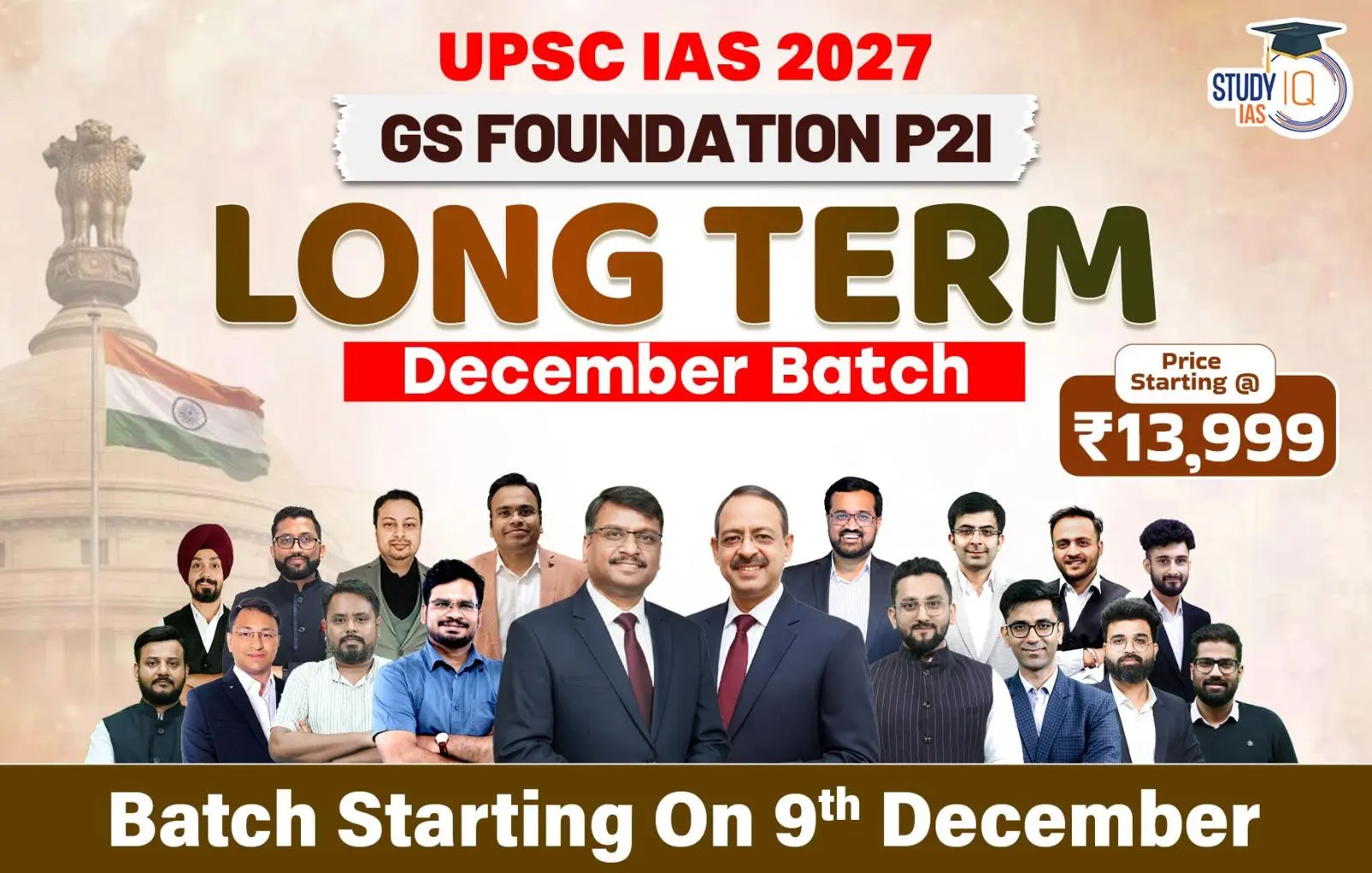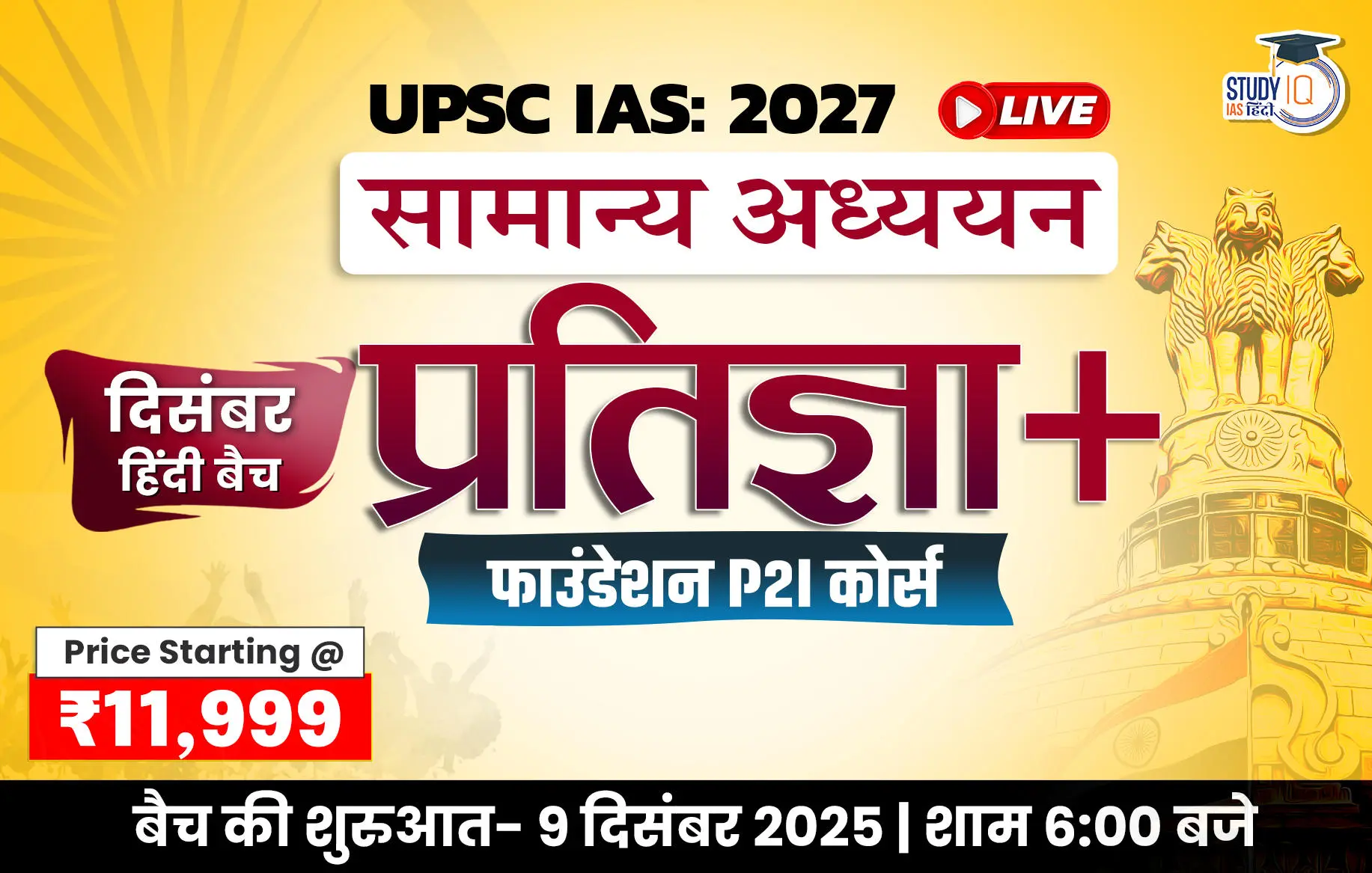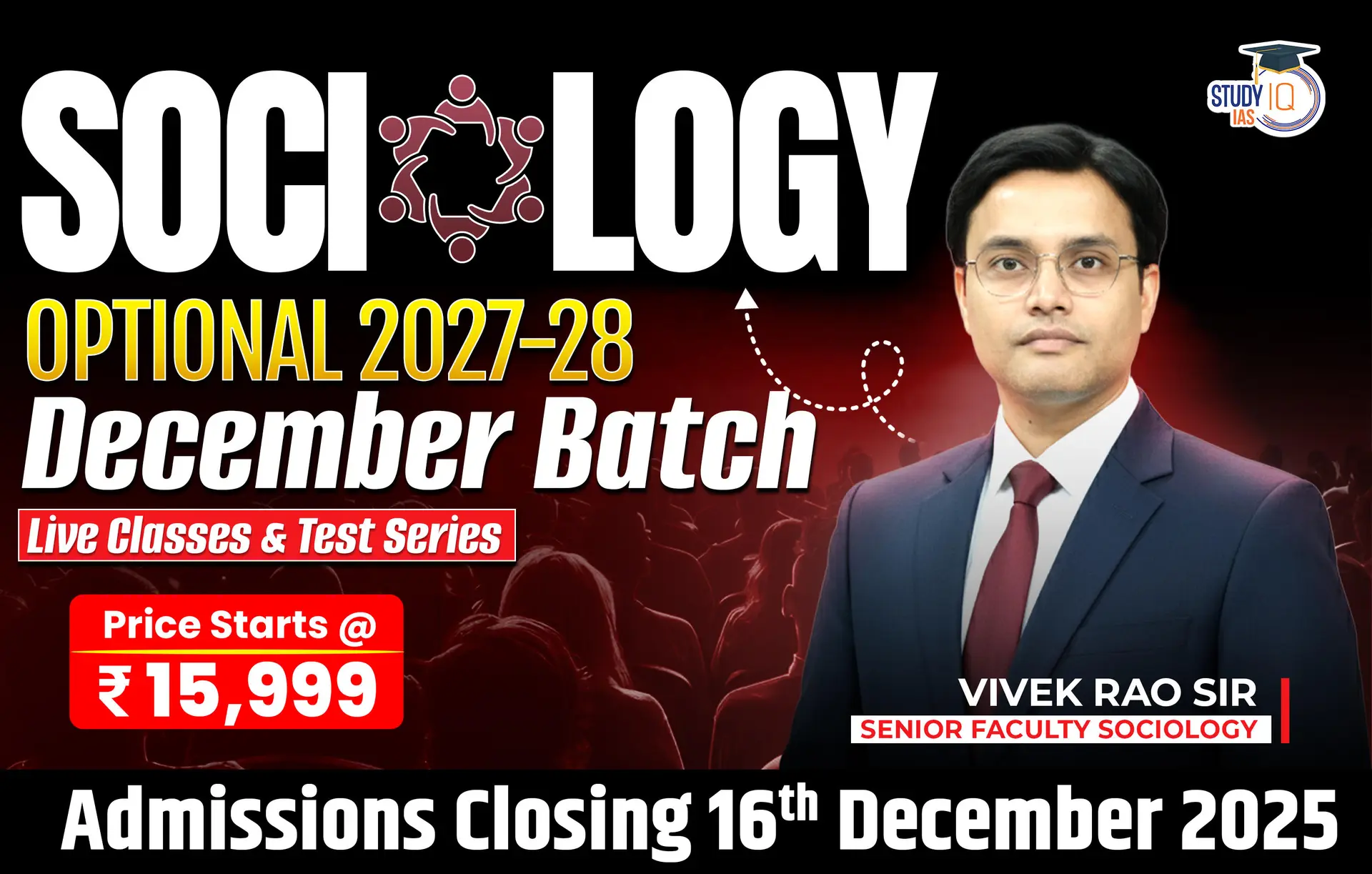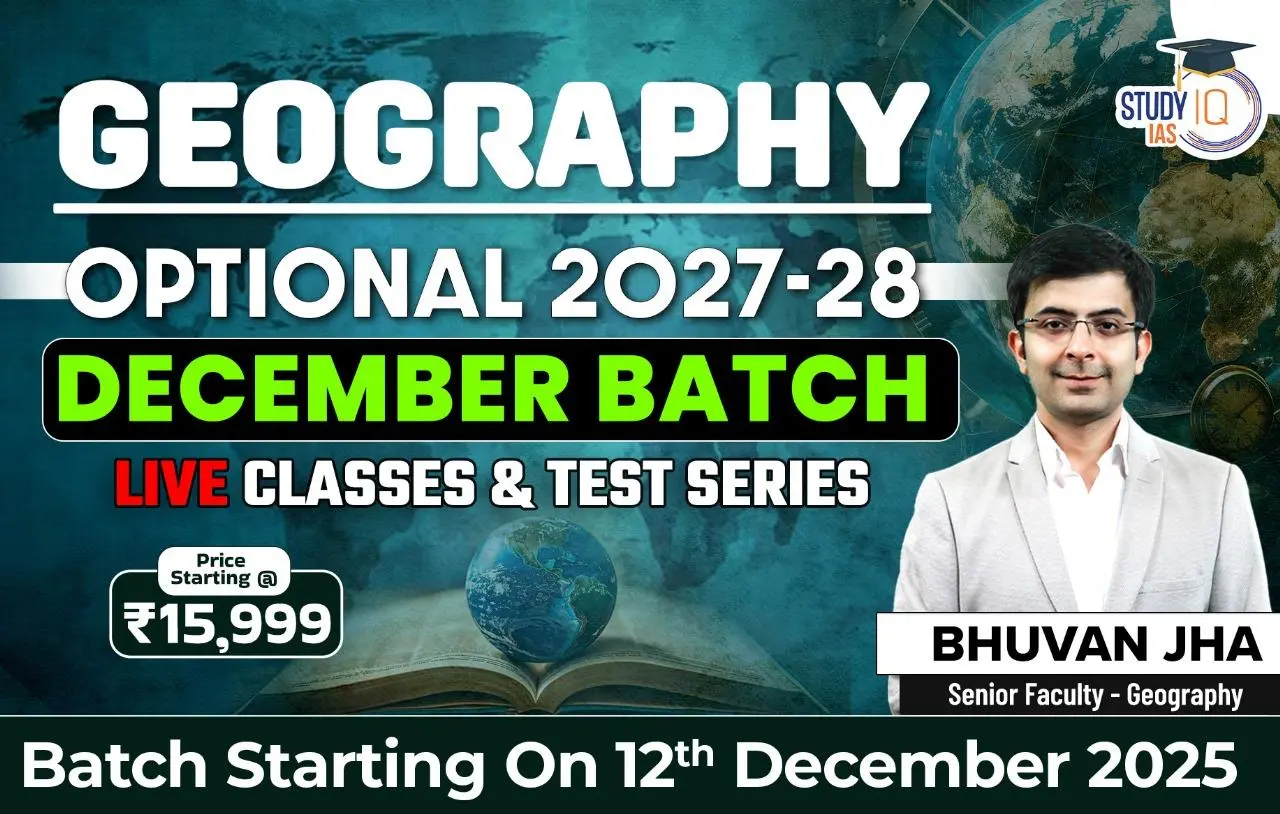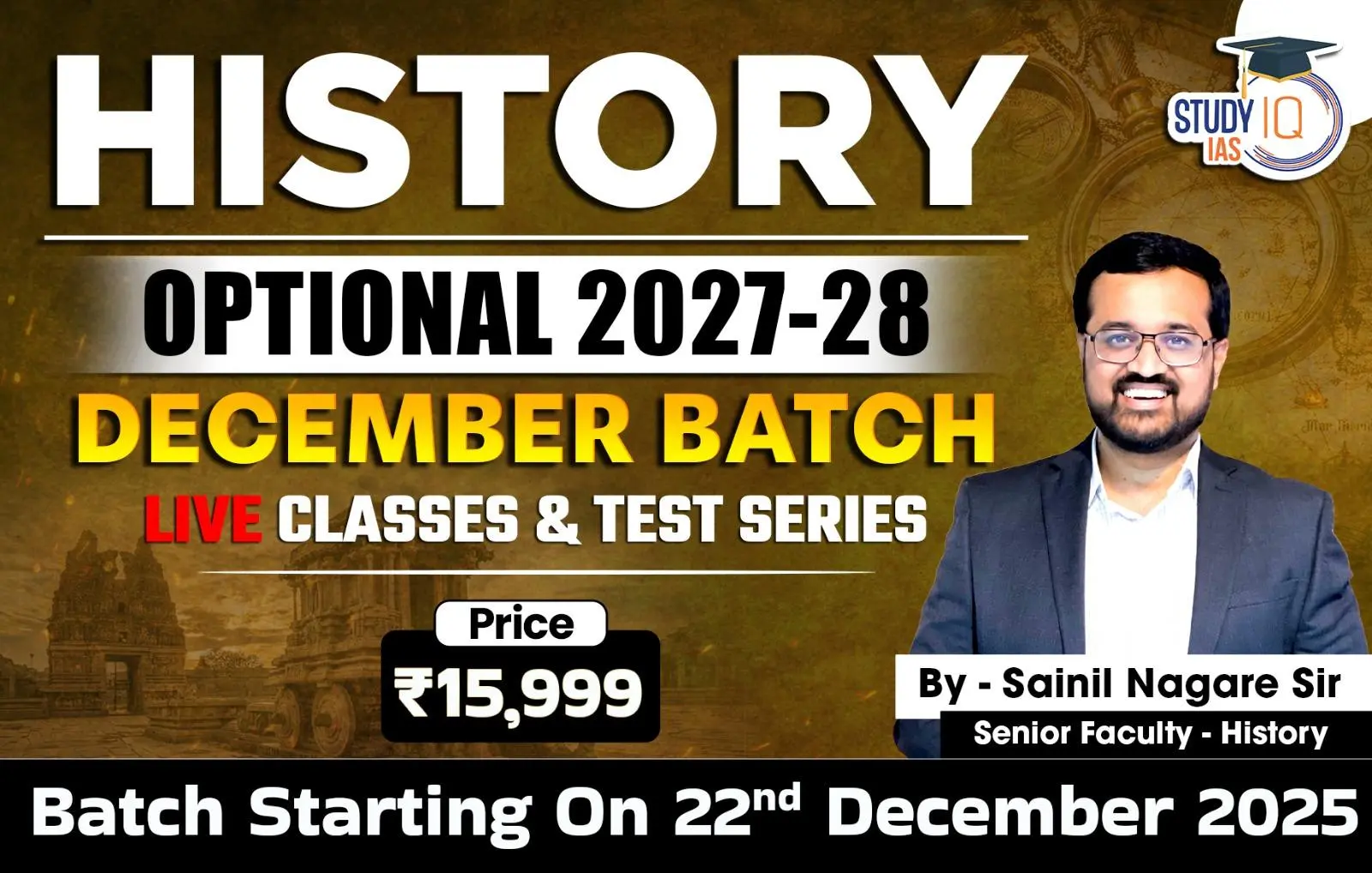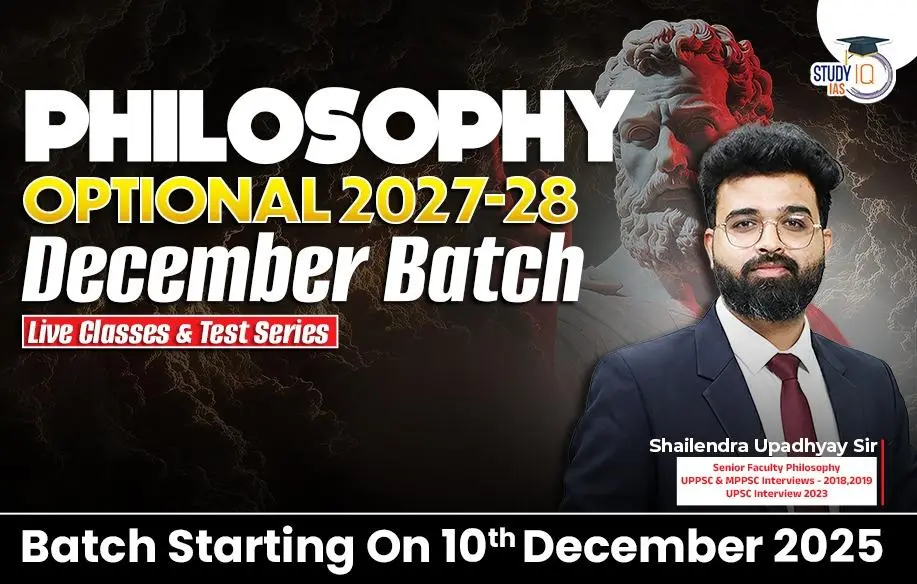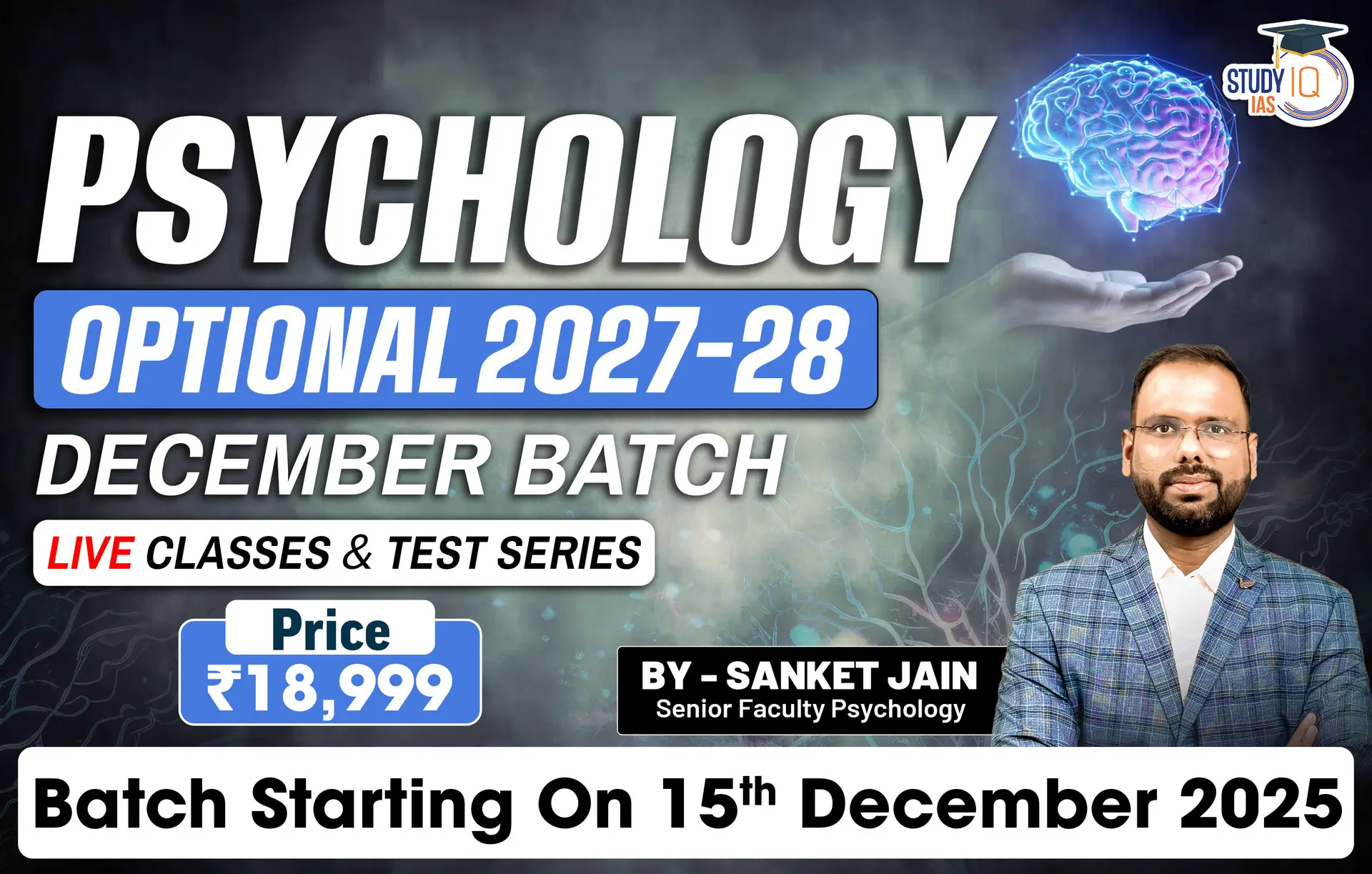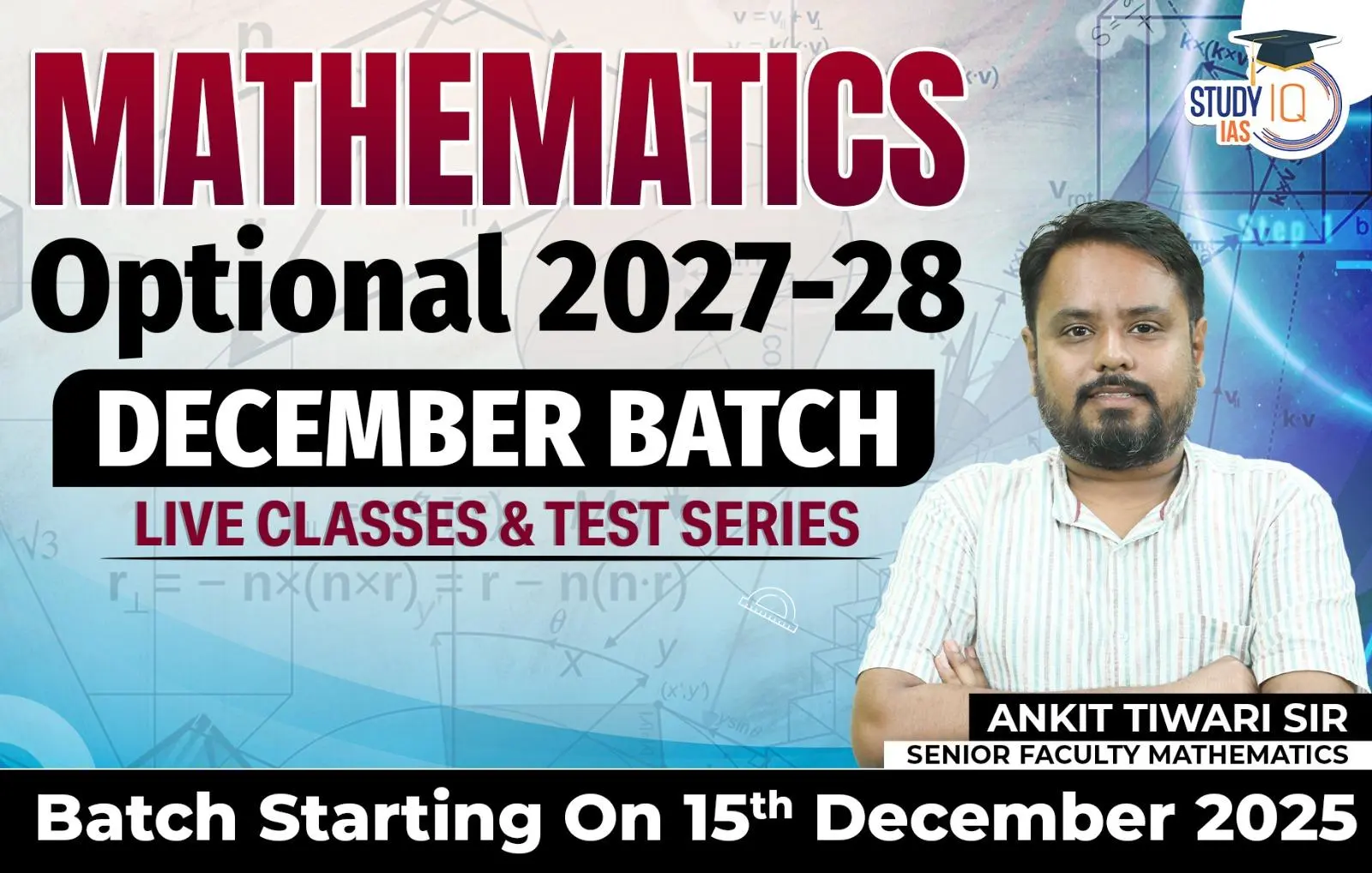The Supreme Court of India questioned the Attorney General regarding the delay in clearing names reiterated by the Supreme Court Collegium for judicial appointments.
More in News
- This inquiry is significant because the Collegium’s recommendations are binding on the Union government, a principle established in the landmark Second Judges Case of 1993.
- Following this scrutiny, the Union government moved to process the appointments of eight new High Court Chief Justices.
Concerns About Judicial Appointments
- There is a lack of transparency and principles guiding how judges are selected and their qualifications.
- While judges are appointed by the President based on Cabinet decisions, these selections.
- This situation can lead to a judiciary that does not adequately represent diverse societal interests.
- The Collegium System, established through Supreme Court rulings rather than legislation, has been criticised for its lack of transparency and accountability.
- Also there have been concerns about nepotism and class bias among judicial appointees.
Issues in Judicial Appointments
- The problem of appointment of judges, which is linked to the problem of pendency of cases, has always been a matter of debate in India.
- This long-standing debate centres around the mechanisms for appointing judges, particularly the collegium system and the National Judicial Appointments Commission (NJAC).
Collegium System
- The Collegium system governs the appointment and transfer of judges to the Supreme Court and High Courts. This system involves a process commonly known as ‘judges selecting judges’.
- Not mentioned in the constitution. This practice has developed through Supreme Court judgments.
- The government can object to or seek clarifications about the Collegium’s recommendations.
- However, if the Collegium reaffirms its choices, the government must comply and proceed with the appointments.
| Constitutional Framework for Judicial Appointments |
- Article 124: Appointments of Supreme Court judges are made by the President, who must consult with other judges of the Supreme and High Courts as deemed necessary by the President.
- The Chief Justice of India must be consulted in all such appointments, except in the case of his or her own appointment.
- Article 217: High Court judges are appointed by the President after consulting the Chief Justice of India, the Governor of the relevant state, and the Chief Justice of the High Court concerned.
|
Evolution Of Collegium System
- Following the adoption of the Indian Constitution on January 26, 1950, the President was responsible for appointing the Chief Justice of India (CJI).
- The appointment of other Supreme Court judges was also made by the President, but only after consulting the CJI.
- During the early years of the Supreme Court, a convention was developed where the senior-most justice in the Supreme Court was typically selected to be the next Chief Justice of India.
- There were notable exceptions to this convention that led to controversies.
- For instance, the appointment of Justice AN Ray as CJI in 1973 was a significant deviation, sparking conflicts between the judiciary and the executive branch.
| Fact |
| The concept of the Collegium System began to take shape following recommendations from the Bar Council of India in 1981. |
Landmark Supreme Court Judgments
- First Judges Case (1981): The Court interpreted “consultation” as not requiring the government’s concurrence with the CJI’s advice. This meant the CJI’s opinion wasn’t binding on the executive.
- Second Judges Case (1993): The Court overturned its previous decision, ruling that “consultation” implied “concurrence.” The CJI’s advice on appointments became binding on the President. However, the CJI would formulate this advice through a collegium of senior judges.
- Third Judges Case (1998): The Court clarified the composition of the collegium:
- Supreme Court Appointments: CJI and 4 senior-most colleagues
- High Court Appointments: CJI and 2 senior-most colleagues
- Additionally, for High Courts, the collegium would consult other senior Supreme Court judges with prior experience in the relevant High Court.
- The judgments remained silent on whether the views of consulted judges were binding on the collegium. National Judicial Appointments Commission (NJAC) and its Demise
- The government introduced the NJAC through the 99th constitutional amendment. This sought to replace the collegium system with the NJAC.
- The NJAC included the Union Law Minister, eminent individuals, the CJI, and the two next senior-most Supreme Court judges.
- Fourth Judges Case (2015): The Court declared the NJAC unconstitutional. It held that the judiciary’s primacy in judicial appointments was fundamental to the Constitution’s structure. The NJAC law, by giving politicians equal say, undermined this principle.
National Judicial Appointment Commission (NJAC) Vs. Collegium System
| Feature |
NJAC |
Collegium System |
| Origin |
Suggested by the NJAC bill and would have been governed by Article 124A of the Constitution. |
Evolved from the ‘Three-Judges Cases’; not explicitly mentioned in the Constitution. |
| Inclusion of Executive |
Included the Executive’s participation in judicial appointments. |
Excludes the Executive to maintain judicial independence. |
| Members |
- Chief Justice of India (ex-officio, Chairperson)
- Two senior Supreme Court judges (ex-officio)
- Union Minister of Law and Justice (ex-officio)
- Two eminent persons selected by a committee consisting of the CJI, Prime Minister, and Leader of Opposition.
|
Supreme Court Collegium:
- Chief Justice of India
- Four senior Supreme Court judges
High Court Collegium:
- Chief Justice of the High Court
- Four senior High Court judges
|
| Influence of Non-Judiciary Members |
Non-judiciary members (e.g., eminent persons, Law Minister) would have a voice in the appointment process. |
Only the judiciary’s top members make the decisions, without external influence. |
| Objective |
To create a more transparent and inclusive appointment process involving both judiciary and executive branches. |
To preserve the independence of the judiciary by limiting external influences on appointments. |
Challenges Associated with Collegium System
- Lack of Transparency: The Collegium system is often criticised for its opacity.
- There is no public documentation or transparency about how and when the Collegium meets or the criteria used for appointments, which are not accessible to the public.
- Allegations of Nepotism and Favouritism: There are recurrent allegations that the Collegium system allows for nepotism and favouritism, with accusations that judges within the Collegium often recommend their relatives for judicial positions.
- This practice potentially undermines the merit-based selection of judges.
- Lack of Diversity: The Collegium system has been criticised for not ensuring a diverse representation on the bench.
- Historically, appointments have not effectively included adequate representation from Scheduled Castes, Scheduled Tribes, Other Backward Classes, minorities, and women.
- For Instance: Only 107 judges, or 13% of all HC judges, are female.
- There are currently four women justices out of the sitting 33 in the Supreme Court.
- Unfilled Vacancies and Pendency of Cases: Despite the pressing issue of case backlogs in Indian courts, the Collegium has been slow in filling vacancies, which exacerbates the problem of delayed justice.
- Example: According to a report published by the Department of Justice, 60 lakh cases remained pending at various High Courts and 30% of the seats remained vacant in the judiciary in April 2024.
- Differences Within the Collegium: There have been instances of disagreements among the members of the Collegium which have affected the decision-making process.
- Example: Differences arose when two judges preferred in-person deliberations over circulating recommendations for Supreme Court appointments.
- Global Uniqueness and Criticisms: The Collegium system is unique to India and has been criticised internationally.
- It’s the only system where the judiciary, without any significant involvement from the executive or legislative branches, appoints its judges.
- This isolation can lead to a lack of checks and balances that are more typical in other democratic systems.
| International Judicial Appointment Models |
- Canada: In Canada, the judicial appointment process is initiated by the federal Minister of Justice, who appoints special advisers to collect detailed information on potential judges.
- Subsequently, the Canadian Bar Association’s National Committee evaluates the candidates’ backgrounds and determines whether they are qualified or not.
- Germany: In Germany, the appointment of judges is a collaborative process where half are appointed by the executive branch and the other half by the legislative branch through an election.
- USA: In the United States, judges for the Supreme Court are nominated by the President and must be confirmed by the United States Senate following a nomination.
- France: In France, the President of the Republic has a constitutional duty to safeguard judicial independence but does not directly appoint judges.
- The High Council of the Judiciary (Conseil Supérieur de la Magistrature) and the Minister of Justice play key roles in the appointment process, ensuring a balance between executive oversight and judicial independence.
- UK: The United Kingdom utilises a five-member selection commission to appoint Supreme Court judges.
- This commission includes the President of the Supreme Court, the Deputy President, and representatives from the Judicial Appointments Commissions of England, Scotland, and Northern Ireland.
|
Steps taken to improve the process of judicial appointments in India
- 99th Constitutional Amendment Act, 2014: Introduced the National Judicial Appointments Commission (NJAC) intended to replace the collegium system for judicial appointments.
- The NJAC was to include the Chief Justice of India, two senior Supreme Court judges, the Union Minister for Law and Justice, and two eminent persons.
- This amendment aimed to create a more transparent and inclusive process of appointing judges.
- Striking Down of the NJAC: The Supreme Court struck down the 99th Constitutional Amendment Act and the NJAC in 2015, declaring them unconstitutional as they violated the principle of judicial independence.
- Memorandum of Procedure (MoP) – 1999: A set of guidelines and procedures jointly framed by the government and the judiciary that outlines the process for the appointment of judges to the Supreme Court and high courts.
- It specifies that appointments must be recommended by the Collegium, which includes the Chief Justice of India and the four senior-most judges of the Supreme Court.
- The recommendations are forwarded to the Union law minister, then to the Prime Minister, and finally to the President for approval.
- Revision of the MoP: Following the Supreme Court’s 2015 decision, it directed the central government to revise the MoP to incorporate greater transparency in the Collegium’s proceedings.
- The revised MoP was finalised in 2017, but disagreements between the judiciary and the government on certain provisions have prevented its adoption.
| Various Recommendations On The Composition Of A Proposed Appointments Body |
| Body |
Proposed Composition |
| 2nd Administrative Reforms Commission (2007) |
- Judiciary: Chief Justice of India (CJI); for High Court judges, the Chief Justice of the relevant High Court.
- Executive: Vice-President as Chairperson, Prime Minister, Law Minister, and for High Court judges, includes the Chief Minister of the respective state.
- Legislature: Speaker of the Lok Sabha, Leaders of Opposition from both Houses of Parliament.
- Other: No additional representatives.
|
| National Advisory Council (2005) |
- Judiciary: Chief Justice of India (CJI); for High Court judges, the Chief Justice of the relevant High Court.
- Executive: Vice-President as Chairperson, Prime Minister (or nominee), Law Minister, and for High Court judges, includes the Chief Minister of the respective state.
- Legislature: Speaker of the Lok Sabha, Leaders of Opposition from both Houses of Parliament.
- Other: No additional representatives.
|
| National Commission to Review the Working of the Constitution (NCRWC) (2002) |
- Judiciary: Chief Justice of India (CJI) as Chairman, two senior-most Supreme Court judges.
- Executive: Union Law Minister.
- Legislature: No representatives.
- Other: One eminent person.
|
| Law Commission (1987) |
- Judiciary: Chief Justice of India (CJI) as Chairman, the three senior-most Supreme Court judges, the immediate predecessor of the CJI, the three senior-most Chief Justices of High Courts, and for High Court judges, the Chief Justice of the relevant High Court.
- Executive: Law Minister, Attorney General of India, and High Court judges, including the Chief Minister of the respective state.
- Legislature: No representatives.
- Other: One law academic.
|
Recommendation for Improving Collegium System
- Reconsideration of Foundational Judgments: The Law Commission (214th Report) recommended seeking a re-evaluation of the three landmark judgments that established the Collegium System. This would potentially open the door to legal reforms in judicial appointments.
- Legislative Changes to Enhance Executive Involvement: Introduce legislation that restores some powers to the Chief Justice of India and enhances the role of the executive in judicial appointments, aiming to balance judicial independence with accountability.
- Inclusive Advisory Body: Establish an advisory body comprising eminent jurists, lawyers, and judges to pre-screen candidates. The Collegium would then only interview candidates recommended by this body, ensuring a broader and more diverse pool of candidates.
- Defined Selection Criteria: Clearly define the selection criteria beyond the minimum qualifications currently specified, detailing the necessary qualities and abilities expected from candidates.
- Transparent Application Process: Implement a formal application process allowing interested candidates to apply for judicial positions, making the selection process more open and merit-based.
- Diverse Representation: Ensure representation from women, OBCs, SCs, STs, and minorities in judicial appointments to enhance the diversity on the bench.
- Accountability and Transparency: Apply principles of accountability, transparency, and checks and balances to the judiciary. For instance, bringing the judiciary under the purview of the Right to Information Act (RTI) could help achieve this.
Structure of the Commission
- The Chief Justice of India should head the Commission.
- The selection process should involve investigating the character, class bias, and communal leanings of candidates.
- An independent investigative agency, not linked to the government, should conduct these investigations.
High Standards for the Commission
- The Commission should maintain the sovereignty of the Constitution, be free from political or corporate pressure, and act impartially.
- Members of the Commission should be immune from legal proceedings and only removable by a high tribunal consisting of the Chief Justice of India and all High Court Chief Justices.
Sharing is caring!

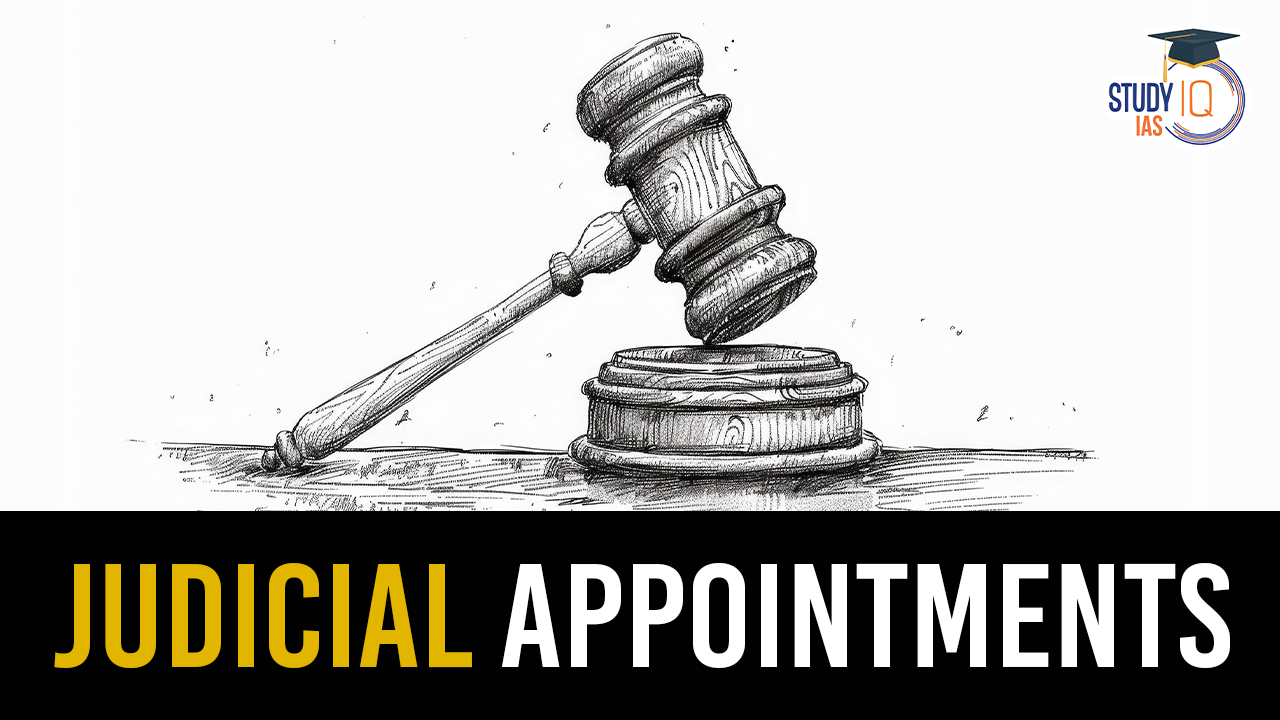
 SLAPP Suits: Meaning, Examples, Impact o...
SLAPP Suits: Meaning, Examples, Impact o...
 Finance Commission of India, Articles an...
Finance Commission of India, Articles an...
 High Number of Pending Cases in Supreme ...
High Number of Pending Cases in Supreme ...

